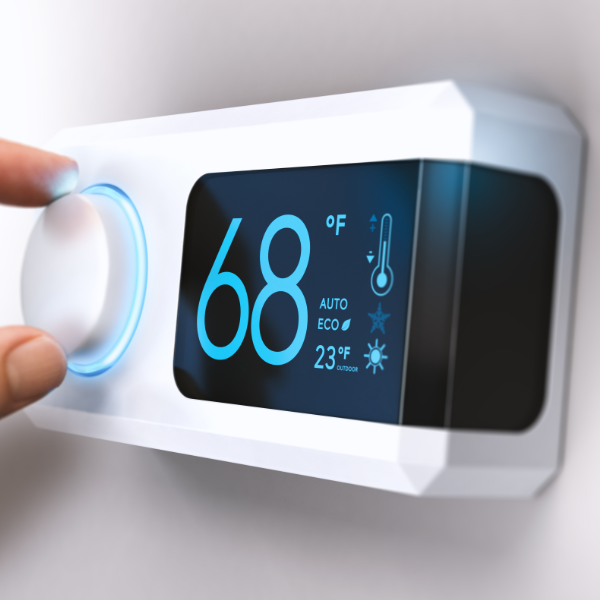Living in Houston, TX, it is important to prioritize clean air in your indoor environment. According to the Environmental Protection Agency (EPA), the concentration of pollutants indoors is often higher than outdoor air and can be 2-5 times worse. This means that the air you breathe inside your home can have a significant impact on your health.
Health Concerns
Many airborne pollutants can cause various health issues including headaches, nausea, fatigue, sore throat, and nasal discomfort. Those who suffer from asthma or allergies are especially vulnerable to the negative effects of poor indoor air quality, as it can trigger severe reactions. In fact, the American College of Allergists has stated that 50 percent of all illnesses are either caused or worsened by polluted indoor air.
Considering that many people spend more than half of their time indoors, exposure to indoor air pollutants is significant. Babies and the elderly, in particular, can spend up to 90% of their time inside. When you consider that the average person inhales 11,000 liters of air each day, it becomes clear that indoor air quality plays a crucial role in overall health.
Cleaner Air with RAS
To ensure cleaner indoor air, it is important to start with the proper maintenance of your HVAC system and regular cleaning of air ducts. Additionally, implementing air filtration systems, frequent vacuuming and dusting, removing shoes when entering your home, washing bedding weekly with hot water, drying all laundry in hot air, and never smoking indoors can all contribute to improved indoor air quality.
There are various common indoor air pollutants that can negatively affect the air quality in your home. Fine particles such as ash, dust, dander, and sawdust can pollute indoor air. Pollens and mold spores from outside can also find their way indoors and contribute to poor air quality. Toxic gases such as carbon monoxide build-up or naturally occurring radon gas rising from the ground can pose health risks. Household products, including disinfectants, pesticides, beauty products, paints, and lacquers, can release harmful chemicals into the air. Building materials such as certain glues, varnishes, lead, asbestos, and formaldehyde can also be sources of indoor air pollutants. Even everyday items like carpets, mattresses, new linens, and clothes can release chemicals that can affect indoor air quality.
Get in touch with RAS today to schedule a comprehensive evaluation of the air quality in your household.
Top 10 Most Common Air Pollutants Found in Your Home:
1. Fine particles (ash, dust, dander, sawdust)
2. Pollens
3. Mold spores
4. Carbon monoxide
5. Radon gas
6. Household products (disinfectants, pesticides, beauty products, paints, lacquers)
7. Building materials (glues, varnishes, lead, asbestos, formaldehyde)
8. Carpets
9. Mattresses
10. New linens and clothes





